
Please install a more recent version of your browser.
From 18 to 23 April, Milan Design Week takes place again, although in some places it starts already on 17 April. Belgium is Design presents 13 young designers at the Salone Satellite. We take a look ahead with 20 new designs from Belgian designers and companies.
After last year's fair had to be moved to June because of the corona crisis, there will again be a ‘regular’ edition of the Salone del Mobile and the Milan Design Week. Expectations are high. Although it is clear that the Salone did not emerge from the corona crisis without damage. The halls on the second floor remain empty, where it used to be necessary to fight for a booth. At the fair itself, for the second time, there is room for a Belgian Furniture group booth. Although companies such as Tribu and Limited Editions are not present at the Salone anymore, but in a showroom in the city. We also notice a lot of interest in what is about to happen in the city, the Fuorisalone, where a lot of young Belgians are going international for the first time. With 15 participants, the Belgian Design Pavilion at Isola has the largest delegation. We are already looking forward to Daan De Wit and Elias Van Orshaegen at 5VIE, Marijke De Cock at Alcova and Hulasol at Archiproducts.
Check the Belgian Design Map for a complete overview of our Belgians' presentations.
At the Belgium is Design booth at the Salone Satellite, there are again 13 Belgians: Ahokpe + Chatelin, Coseincorso, Emma Terweduwe, Esther De Vos, Fersasos, Joe Sterck, Mahaut Van Peel, Manuel Leromain, Marianne De Cock, Misses Brown, Not A Desk, Studio Matta and the only one who was already there last year: Studio Tim Somers. In addition, the fair features the familiar names, but also some debutants such as Muundo and BuzziSpace.
1. Joe Sterck operates at the intersection between furniture and sculpture. With his experimental approach, he questions the general rules and trends regarding contemporary design and explores the boundaries of the functional. The Speculum table is an example of this. With a simple action, you can lift the table from its pedestal and put it in its horizontal position, giving it a new function as a sculpture that reflects light and its surroundings.
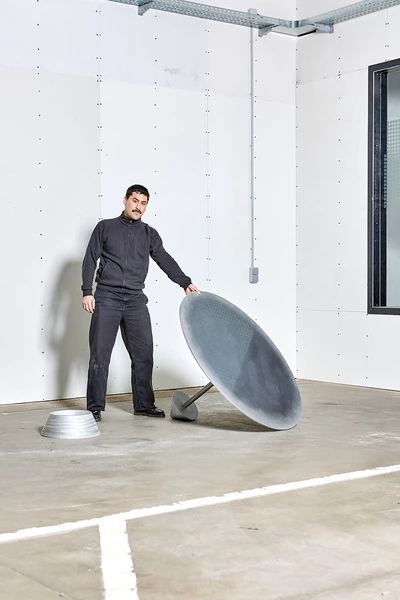
Speculum, Joe Sterck © Sam Gilbert
2. Studio Matta designs with a passion for materials and tactility. Eva De Smet and Jan Vandekerckhove like to work with pure materials and strive for imperfect and timeless beauty. Narcissus appears both feminine and masculine through its organic shape and raw material. It is an homage to the mirror above the fireplace. Because parts of the steel have been polished to a certain level, Narcissus shows a fleeting reflection that leaves room for imagination. The steel vase adds a sensory experience of color and fragrance.
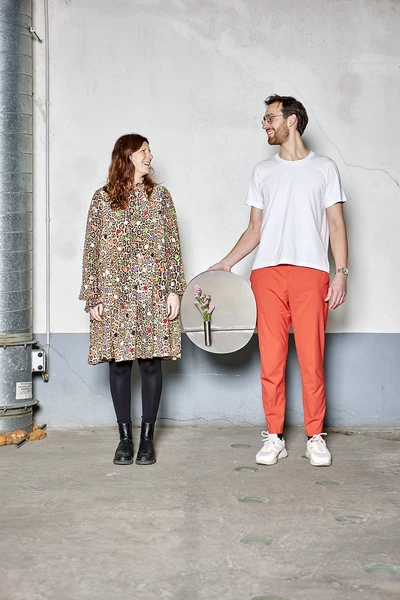
Narcissus, Studio Matta © Sam Gilbert
3. Misses Brown is the brainchild of twin sisters Ke-Ola and Kimoura. Inspired by the technique of leather tanning and the tightening of riding saddles, Henri took shape. The seat of the chair is stretched over the frame and held by leather straps. As a result, there are no blind fastenings of the leather seat, giving the chair a pure and honest character. At the same time, there is a dynamic of lines that meet and then diverge, allowing the steel frame to carry the seat in an elegant but self-confident manner.
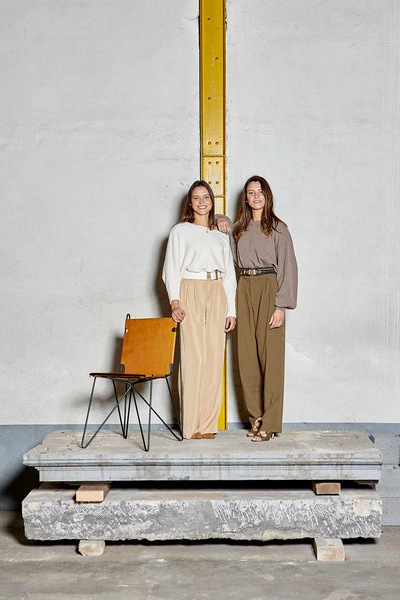
Henri, Misses Brown © Sam Gilbert
4. Fersasos, founded by Pauline Vercammen, brings high-end lighting designs for residential, commercial and public spaces. Fersasos ensures that its products are both energy efficient and visually appealing for any interior. The Shell Light is a lighting design that brings the beauty and elegance of nature into any space. The amount of light can be controlled by closing or opening the shell. This creates the perfect atmosphere for any occasion.
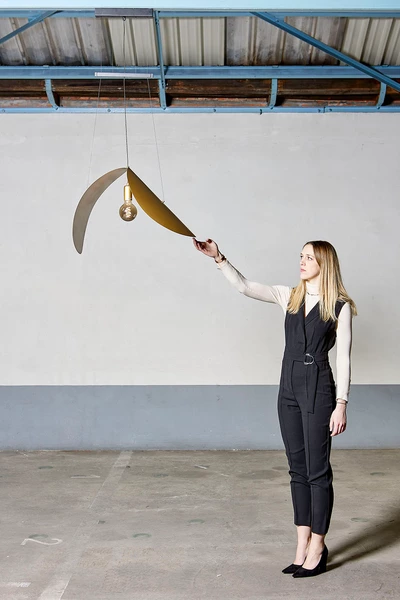
Shell Light, Fersasos © Sam Gilbert
5. Mahaut Van Peel considers her work an experimental laboratory in the search for new elements, color sources, textures and techniques. Mahaut uses remnants from marble studio Van Den Weghe. Pieces of marble are bonded with a composite material to create a series of unique doorknobs. Other materials such as wood, metal and glass are added to create unique terrazzo finishes. To make the process even more circular, she adds grinding dust to part of the production.
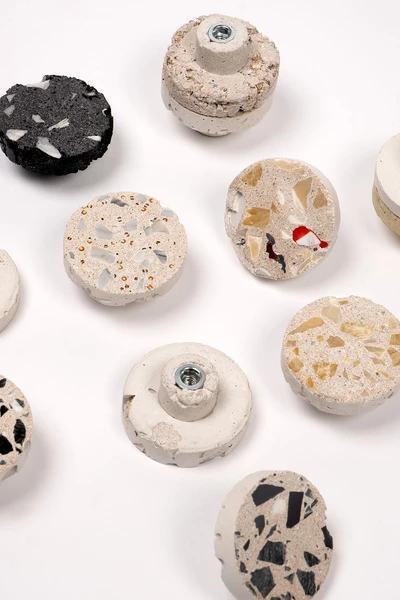
DRKBS, Mahaut Van Peel
6. Coseincorso is a multidisciplinary design studio founded by Marzia Cerio and Marwann Frikach. They work with artisans and source local materials. Each project is inspired by history, archaeology and geography. For their first collection, they focused on aspects of isolation, simple lifestyles and the relationship with nature and spirituality. This project, consisting of a bench, a table, a mirror and a candelabra, is their interpretation of a particular kind of isolation, inspired by objects from beguinages.
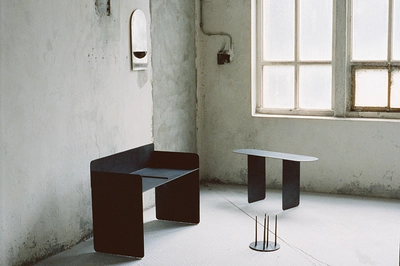
Les âmes simples, Corseincorso
7. Muundo is a new label from PR Living, which stands for furniture inspired by organic shapes and textured surfaces from nature. The material from which the collections are made is a composition of minerals, lime and mortar. Because each piece is handmade, each table is also different, so you can always speak of a unique design. The tables are designed by Cas Moor.
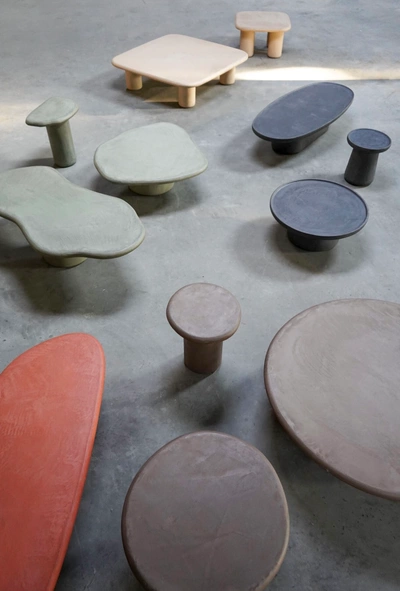
Cas Moor for Muundo
8. BuzziSpace is making its debut at Euroluce, where it is launching three new lighting elements with acoustic qualities. The BuzziPebl is a wall lamp, naturally shaped like a boulder. The BuzziBurner is inspired by a jet engine. The BuzziSurf features an extensive range (small, medium, large) under the theme 'More than Lightning'. BuzziSpace is also a guest at the Archiproducts House in Via Tortona.
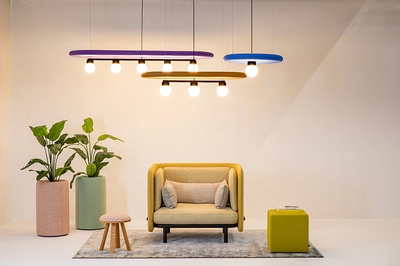
BuzziSurf, BuzziSpark, Low, BuzziCube and BuzziPlanter, BuzziSpace
9. Sylvain Willenz is with no less than four brands at the fair. Some designs are additions to existing collections. Entirely new is his collaboration with Korean company Ago. Domino is a modular lighting system. The debut module is a square and flat fixture with a beautifully undulating top surface for heat diffusion, housing 4 LED outputs. The modules are mounted together to form rows, corners and infinite configurations.
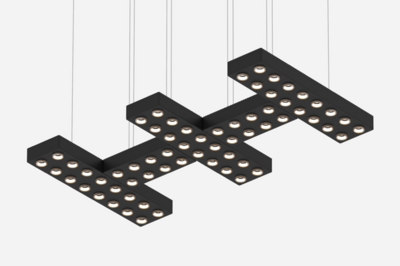
Domino, Sylvain Willenz for Ago
10. Belgofurn, which promotes the Belgian furniture industry internationally within Fedustria, is present for the second year in a row with a Belgian Furniture Pavilion. Participants include Roolf Living, Castle Line, Heatsail, Styledecor (Revor Bedding) and Vipack. Earlier this year, Belgofurn was also present in Stockholm at the Furniture Fair. And from June 7 to 12, they are organizing the Belgian Furniture Days in our country where more than fifty brands will open their doors to the public. Dome by Heatsail is heating and lighting in one object, but separately controllable.
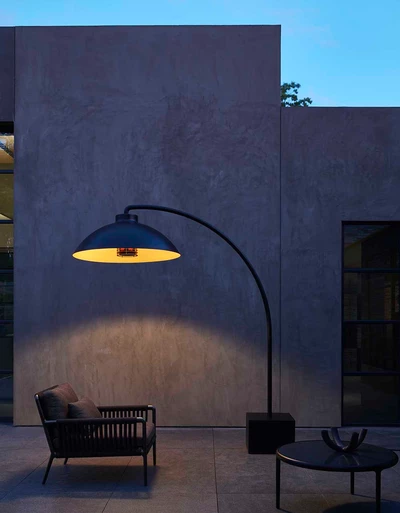
Dome, Heatsail
For the largest number of Belgians, we have to be in the Isola Design District, where young designers, at an affordable price, are given a stage. While last year a lot of young Belgians could already be found at the various exhibitions at Isola, some of them have now grouped themselves together under the name Belgian Design Pavilion: An Gillis, Atelier Timon Mattelaer, Céline Lambrechts, Dries Truyers, Fractall, Hanne Cornette, Jord Lindelauf, Koen Van Guijze, Marijke Jans, Sam Kerckaert, Studio Fuhō, Studio PART, Thibeau Scarcériaux, Verstrepen.studio and Wouter Persyn.
11. Joris Verstrepen's design ideology is based on a personal, philosophical approach, closely linked to his moral values. This ideology consists of four pillars: nature, imperfection, craft and senses. The organic, textural, sensory materials of Traces of Nature contrast with the soft, seemingly perfect industrial materials, thus reinforcing each other's qualities. By playing with the juxtaposition of these mediums, the designer hopes to revive the lost connection with nature.
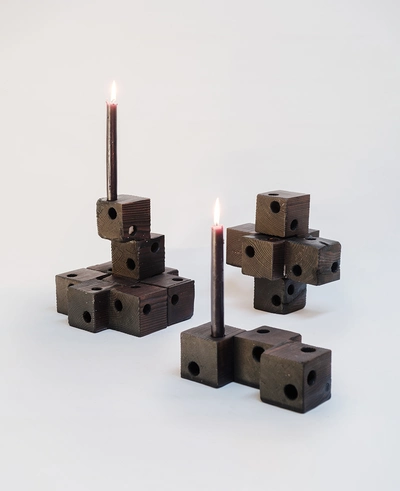
Traces of Nature, Joris Verstrepen © Thibeau Scarcériaux
12. Marijke Jans' practice focuses primarily on circular design with biobased materials. The objects are balanced between functional and sculptural, between narrative and experimentation. The Kaffa collection is an ongoing exploration of cradle-to-cradle design, starting from and ending in organic waste streams. Kaffa looks at the potential of coffee grounds and explores the meaning of coffee in our society. Coffee is meant to connect and reconnect people.
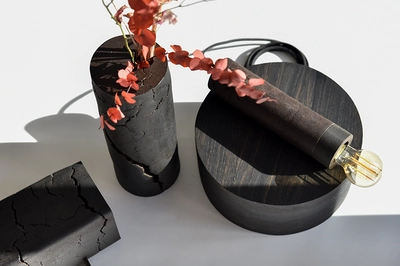
Kaffa, Marijke Jans
13. From Farm to Fabric is a hands-on research project in which textile designer Céline Lambrechts aims to revalue local wool from indigenous breeds of sheep. Besides the ecological aspect, it contributes to the story behind a product. The more story and connection the object possesses, the more likely it is to have a long life. Céline gives great importance on the processing process from raw fur to finished product; completely manual and artisanal. This allows to create unique pieces where the strength and beauty comes from the imperfection of the material, with imperfections in color and texture.
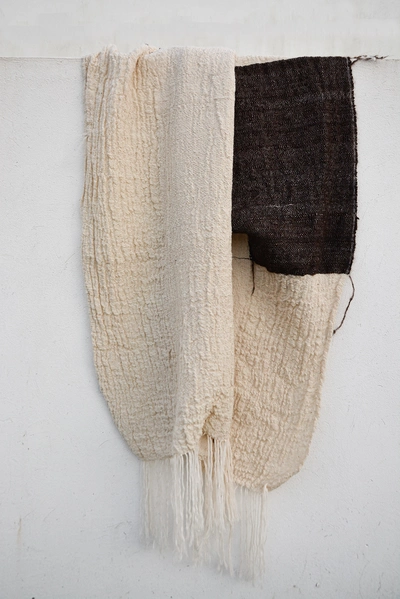
From Farm to Fabric, Céline Lambrechts
14. Hanne Cornette pays close attention to materiality and craft in her designs. With the exception of one design, all of her pieces are handmade, making them unique. This two-meter-high coat rack consists of a hammered aluminium plate bent into a round, self-contained object. It forms a sculpture in space. The shapes from which you can hang your coat were partially cut from the plate and then bent over. Shelves were mounted on the inside of this object, making it a closet.
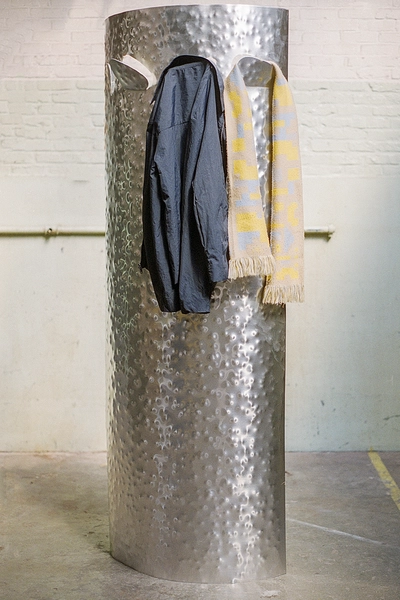
Hanne Cornette © Zoé Komkommer
15. More Belgians can be found at Isola, by the way, in the various exhibitions. For example, there is Pepijn De Greef who studied product design at Howest in Kortrijk. During an internship in Ukraine, he learned how to work with plastics on a small scale. He developed a mini turning machine himself for this purpose. Pane is a lamp inspired by the production process of bread. The shape is an everyday bread baking mold. The color of the lamp depends on the plastic used. Through gradients in color intensity, the series follows a path of brightness or darkness.
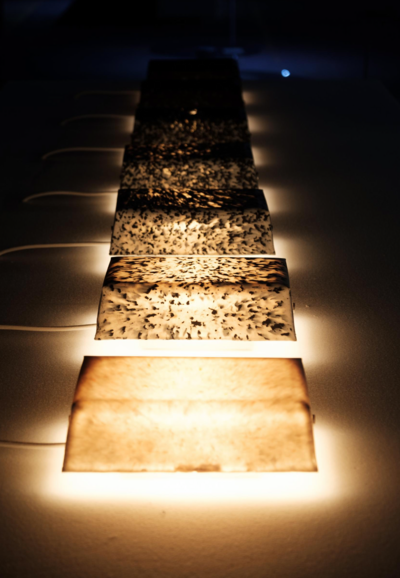
Pane, Pepijn De Greef
16. The inspiring idea for Hulasol came from Amandus VanQuaille of Nomad Concept, which specializes in membrane technology. It was worked out by Peter Mortelmans and Lin Bertels during a meticulous design process of more than five years. But now they are ready for the international market and are showing their design at Archiproducts. During the day, Hulasol creates an airy shade, perfect for enjoying moments of serenity. The exclusive fabric protects against harmful UV rays. At nightfall, an atmospheric light is created.
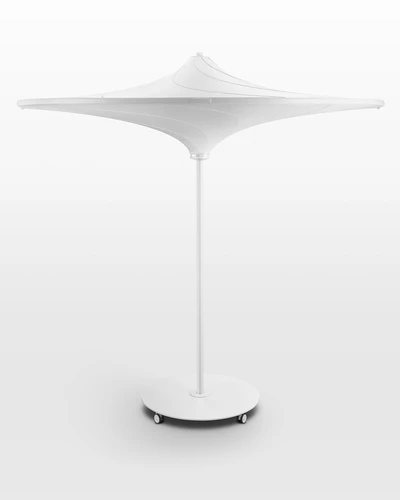
Hulasol
17. Tribu has left the fair and now has its own place in town. From Monica Armani, they present the Japanese-inspired Ukiyo collection. Our attention turns to the handmade Gobi baskets, based on the innovative crochet technique of Ilia Eckardt of Monsieur Tricot. Each piece is made from recycled yarn. The different Gobi sizes lend themselves to storing or displaying your beloved home accessories.
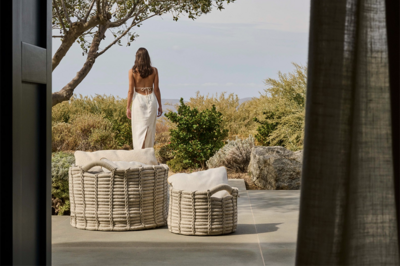
Gobi, Tribu
18. During Milan Design Week, Elias Van Orshaegen and Daan De Wit are bringing their work together as a spatial exercise: esercizio due. Both are driven by a passion for experimentation and exploration and believe that design is a medium for expression. They have a shared vision to create work that is both aesthetic and narrative. Each attracted to different materials, techniques and philosophy, they open a dialogue between their personal visions.
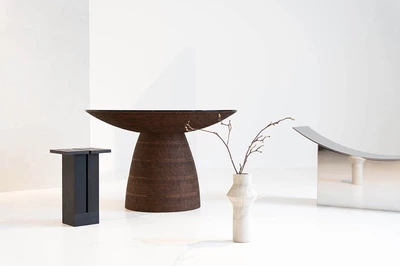
Elias Van Orshaegen and Daan De Wit © Amber Vanbossel
19. Guillaume Slizewicz speaks the language of technology, but tells an emotional story. He translates complex social issues, from local air quality to online surveillance, into objects and installations that combine digital and physical (im)materials. At the same time, he founded his own studio in 2020 to create more artistic design projects that reflect on the multiple relationships between technology, nature and society. His work can be seen in the LOST / FOUND - FakeAuthentic gallery at the Museo Arte e Scienza.
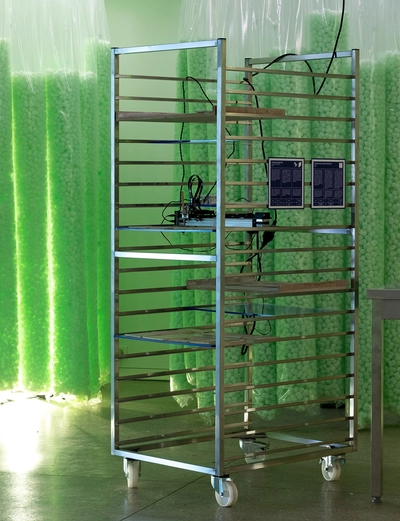
Guillaume Slizewicz
20. Every year Alcova goes in search of an original location. This year it is Ex Macello, an abandoned slaughterhouse. Due to curator Joseph Grime's rigorous selection and unique locations, Alcova has become one of Design Week's must-sees. This year we will find Adrian Cruz there again, as well as Marijke De Cock. She was one of this year's winners of the Henry van de Velde Awards and part of the 20 to watch series. Her wall sculptures stand out for their distinct combination of materials and excellent craftsmanship.
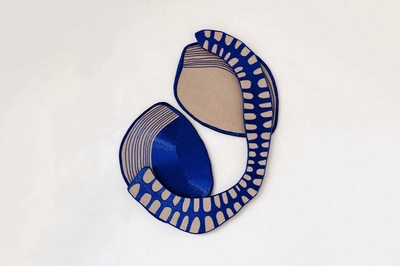
The act of a line, Marijke De Cock
Cookies saved